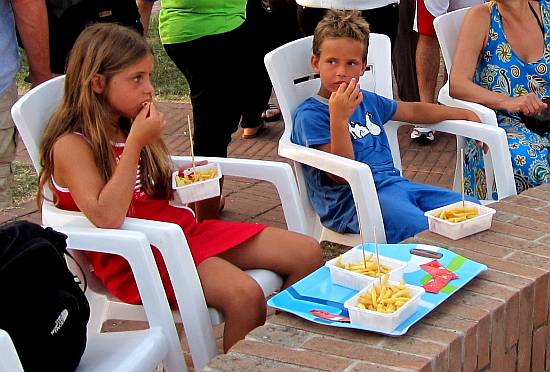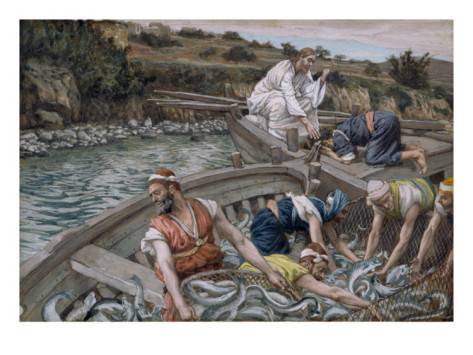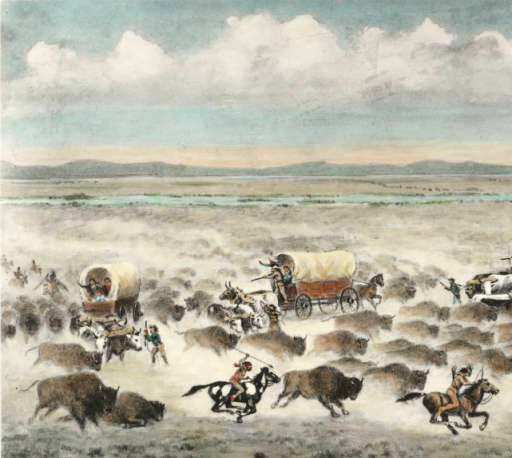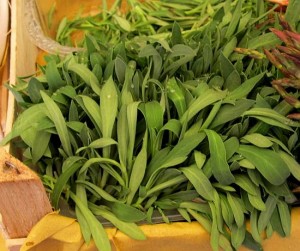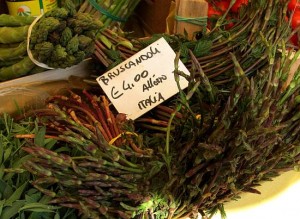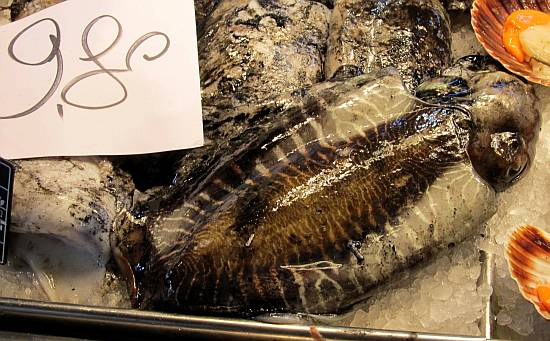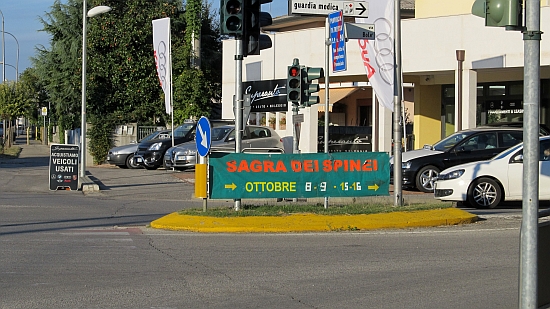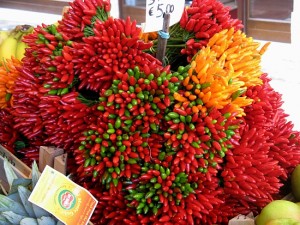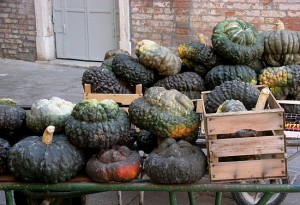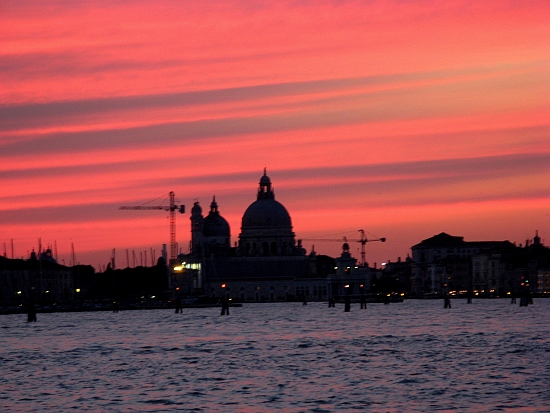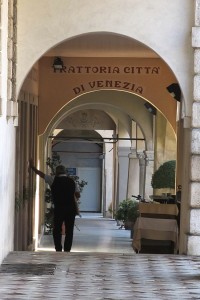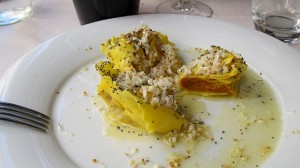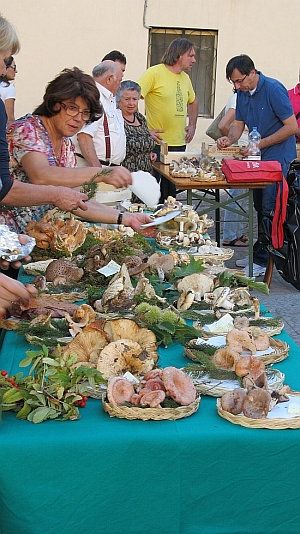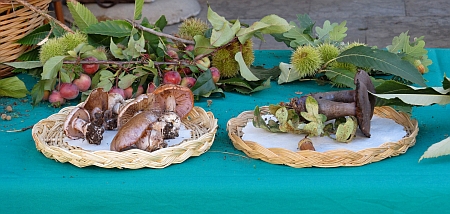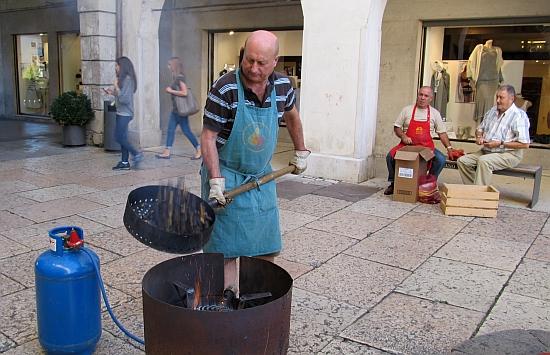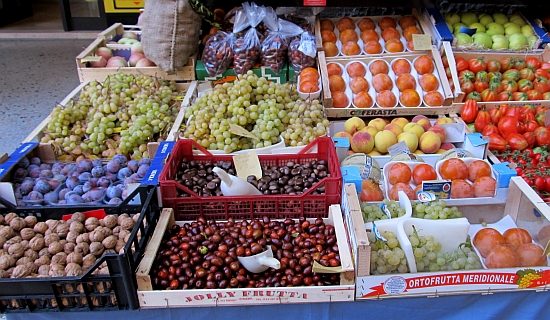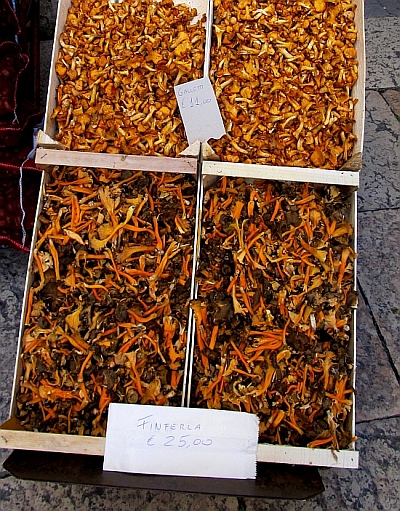
Lino thinks I’m going deaf, but I think I still hear too much.
Example: Yesterday morning on the bus. To be precise, the CA bus on the Lido, which I had boarded with a suitcase full of laundry, bound for the laundromat. Useless details, but I like to set the scene.
A very old lady sat down in front of me. A young-middle-aged man sat down facing her. They began to talk. It wasn’t really what I think of as conversation — it was more like verbal badminton in which cliche’s are used in place of the shuttlecock.
It started with the usual sort of pleasantries (“Am I taking up too much room?” “No no, not at all,” and so forth).
Then they began to bat remarks back and forth.
“Unbelievable wind.”
“The bora.”
“Yes, the bora.”
“It will last for three days.”
“It always does.”
“Of course, now it’s cooler, which is good.”
“Yes, the heat has gone on too long.”
“We need rain, though.”
“Yes, the drought is bad now. I was at Jesolo yesterday and there were incredible sandstorms on the beach.”
“Still, what can you do?”
“The weather does what it wants.”
(How true.)
(Are you still with me?)
I must have drifted off for a minute because I lost the thread, if there was one. In any case, they left the weather and moved on to the History of Large Families. Perhaps there was a link somewhere. It might have been Weather in the Old Days. People here love to talk about the way it used to be, in their lives or the life of somebody else. The further back, the better, because then your listener can’t contradict you.
I checked back in at the point where the man was talking. “My grandfather had ten children,” he said.. (So we’re far back in the Olden Times when life was hard but people were honest and we were all better off when we were worse off. I’ve heard this so many times.)
“He used to go out fishing,” the man continued. So far, so normal. Lots of men did this to keep the family alive. “Then he’d take his catch and sell it, and buy steaks.”
He did what? I’m no genius of domestic economy, but even with only two kids this isn’t a scenario I’d ever have come up with. You take fish, which are free and are hugely nutritious, and you sell them — I’m good so far — and then you buy steak? Does the word “shoes” not come to mind? Books? The electric bill? I’d even accept “wine” before we got to steak.
Then I had to get off the bus with my dirty clothes, so I’ll never know what the old lady’s response was. Maybe everybody did that back in the old days. You were taught to sell fish for beef right after you learned how to knit a new heel onto an old wool sock, or shine the copper polenta pot using lemon and salt.
The world may be crazy now, but it doesn’t appear to have been much saner back then, either, no matter how honest and hardworking the people might have been.
